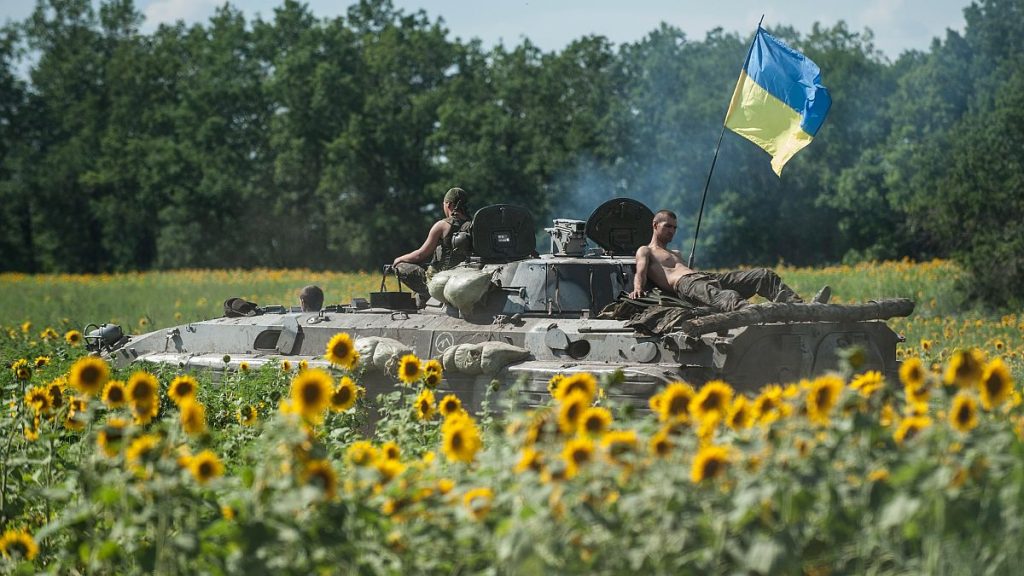The European Union plans to deploy frozen Russian assets held at Euroclear Belgium to send 3 billion euros per year to Ukraine in an effort to support the war-torn nation. These assets have been frozen since the outbreak of the war in 2022, and officials are proposing to use the interest generated from these assets to provide financial support to Ukraine. This move comes as a result of pressure on Russia to be held accountable for its actions and the damage caused by the war. The EU aims to work closely with its partners in the group of seven democracies to implement this plan.
The EU’s proposal to use interest from the frozen Russian assets is seen as just the first step in supporting Ukraine, with Ukrainian Prime Minister Denys Shmyhal insisting on full confiscation or the complete use of all frozen assets. The funding from these assets is expected to flow through the European Peace Facility, which is focused on providing Ukraine with munitions to support its fight against Russian aggression. This move comes at a critical time when battlefield conditions in Ukraine are deteriorating, and the US funding is being delayed due to Congressional disputes.
The EU is hoping to proceed with the plan and make the first payments as early as July, backdating the first payment to February 2024 when a new EU law was passed requiring the segregation of Russian assets at Euroclear. European Central Bank concerns about the move impacting the credibility of the euro as a global reserve currency have been sidelined, and officials are optimistic about the potential impact of the funding on Ukraine’s situation. By utilizing the interest from the frozen assets, the EU aims to provide ongoing financial support to Ukraine and help in its reconstruction efforts.
While concerns about Ukraine losing the war to Russia are mounting, the EU remains committed to providing the necessary support to prevent such an outcome. EU High Representative for Foreign Affairs Josep Borrell emphasized the importance of supplying Ukraine with weapons rather than banknotes to ensure the safety and security of the region. The move to deploy frozen Russian assets to support Ukraine reflects the EU’s determination to hold Russia accountable for its actions and provide ongoing assistance to the war-torn nation.
The decision to utilize interest from the frozen Russian assets at Euroclear Belgium to support Ukraine has been coordinated with the group of seven democracies, including the UK and US. The EU aims to fulfill its promise to provide financial support to Ukraine, despite concerns about the potential economic and political ramifications of such a move. By generating an estimated 2.5-3 billion euros per year from the interest on the assets, the EU hopes to make a significant impact on Ukraine’s situation and help in its recovery and reconstruction efforts.
Overall, the EU’s plan to use frozen Russian assets to send financial support to Ukraine is a significant step in holding Russia accountable for its actions and providing much-needed assistance to a country ravaged by war. By working with international partners and coordinating efforts to deploy these funds, the EU aims to make a real difference in Ukraine’s ability to defend itself against Russian aggression and rebuild its infrastructure. The first payments from the frozen assets are expected to take place soon, marking a crucial moment in the ongoing support for Ukraine’s fight for sovereignty and stability.


